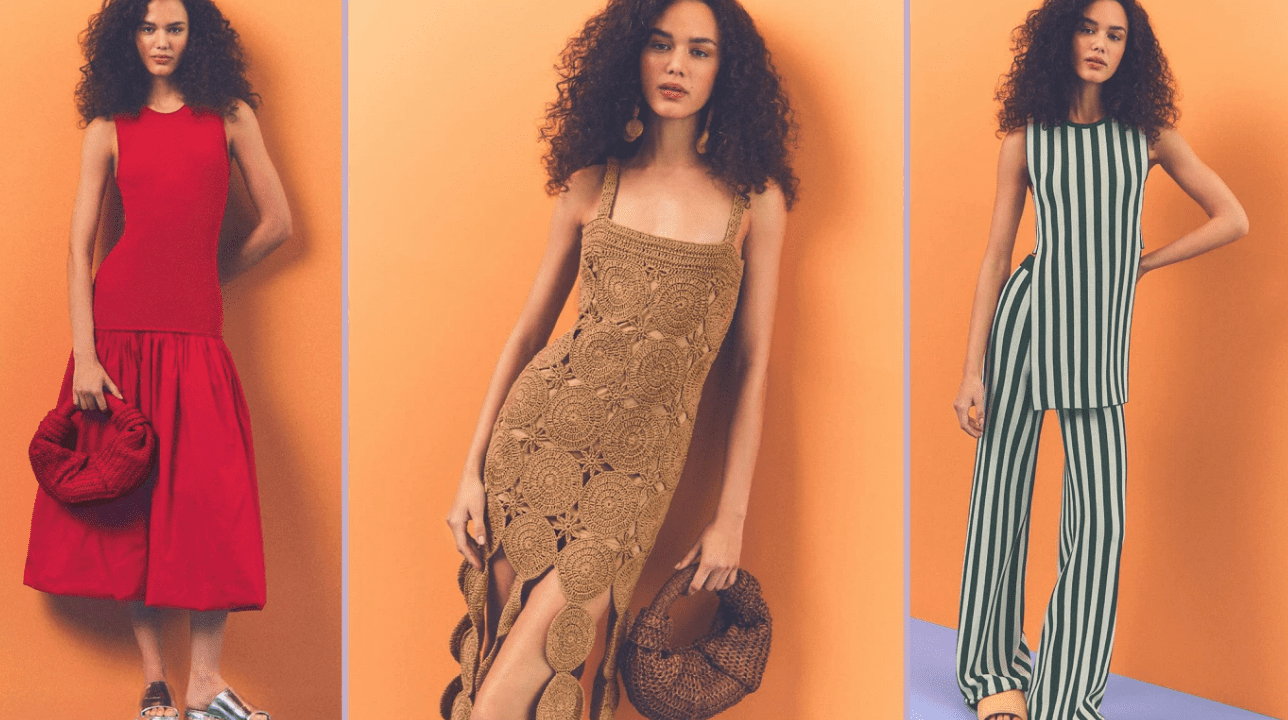
Introduction
Fashion has long been a reflection of societal norms and cultural values. Historically, clothing has played a significant role in defining gender identities, with distinct styles, colors, and cuts assigned to men and women. However, as society progresses towards inclusivity and self-expression, the traditional boundaries of fashion are being redefined. Gender-neutral fashion is emerging as a powerful movement that challenges outdated norms and promotes individuality, comfort, and freedom. This article explores the rise of gender-neutral fashion, its impact on the industry, and what the future holds for this transformative trend.
A Brief History of Gendered Fashion
The concept of gendered fashion dates back centuries. In many ancient civilizations, clothing was less gender-specific, with men and women wearing similar garments, such as tunics, robes, and draped fabrics. However, as time progressed, societal constructs reinforced the idea that men and women should dress differently. The Industrial Revolution and the advent of mass production further cemented these distinctions, giving rise to the binary fashion system seen today.
Throughout history, certain individuals and subcultures have challenged these norms. In the 20th century, the fashion industry saw iconic moments of gender defiance, from Marlene Dietrich wearing suits in the 1930s to David Bowie’s androgynous style in the 1970s. However, it is in recent years that gender-neutral fashion has gained widespread acceptance and commercial viability.
The Rise of Gender-Neutral Fashion
The current wave of gender-neutral fashion is driven by changing societal attitudes, particularly among younger generations who reject rigid gender binaries. Millennials and Gen Z consumers are advocating for self-expression beyond traditional gender norms, pushing brands to adapt to this evolving demand. Designers and retailers are responding by creating clothing that transcends traditional male and female categories, emphasizing inclusivity and comfort.
Several high-profile fashion brands have embraced gender-fluid designs. Luxury labels like Gucci and Balenciaga have featured androgynous clothing in their collections, while mainstream retailers such as H&M, Zara, and ASOS have launched gender-neutral lines. Independent designers and streetwear brands are also leading the charge, crafting pieces that allow wearers to express themselves without the constraints of gender labels.
Key Elements of Gender-Neutral Fashion
Gender-neutral fashion is characterized by several key elements that distinguish it from traditional gendered clothing:
- Unisex Silhouettes – Clothing is designed with a focus on comfort and versatility, often featuring relaxed fits, oversized shapes, and neutral tailoring.
- Neutral Color Palettes – While bright colors are not excluded, many gender-neutral collections favor earthy tones, monochromes, and minimalist designs to appeal to all genders.
- Inclusive Sizing – Gender-neutral fashion prioritizes a wider range of sizes to accommodate different body types, ensuring accessibility for everyone.
- Functional and Practical Designs – Instead of adhering to traditional masculine or feminine aesthetics, gender-neutral fashion focuses on practicality and functionality.
- Sustainable and Ethical Production – Many gender-neutral brands align with sustainability, opting for eco-friendly fabrics and ethical labor practices, reinforcing the values of inclusivity and responsibility.
The Impact on the Fashion Industry
The rise of gender-neutral fashion is reshaping the fashion industry in significant ways:
- Retail and Marketing Strategies – Retailers are reevaluating their store layouts and marketing strategies to create inclusive shopping experiences. Some brands are moving away from gender-specific sections in stores and online platforms, opting instead for unified collections.
- Influence on Runways and Pop Culture – Fashion shows and pop culture have embraced gender-fluid aesthetics, with celebrities such as Harry Styles, Jaden Smith, and Billie Eilish championing the movement. Their influence has encouraged mainstream acceptance and inspired fashion enthusiasts worldwide.
- Expanding Representation – Fashion campaigns now feature diverse models of all gender identities, breaking stereotypes and promoting body positivity. This shift in representation is helping to normalize gender inclusivity in the industry.
- Economic Opportunities – The gender-neutral fashion market is rapidly growing, creating new business opportunities for emerging designers, independent labels, and established brands looking to cater to a diverse consumer base.
Challenges and Criticism
Despite its progress, gender-neutral fashion still faces challenges and criticism. Some skeptics argue that gender-neutral clothing is simply a marketing strategy rather than a genuine push for inclusivity. Others highlight concerns about affordability, as many gender-fluid collections come with a higher price tag due to their limited production and sustainable materials.
Another challenge is the resistance from conservative audiences who view gender-neutral fashion as a disruption of traditional values. However, as social awareness continues to evolve, these barriers are gradually breaking down, paving the way for a more inclusive fashion landscape.
The Future of Gender-Neutral Fashion
The future of gender-neutral fashion looks promising, with increasing mainstream acceptance and innovation. As the industry continues to evolve, several key trends are likely to shape its trajectory:
- More Brands Embracing Inclusivity – As consumer demand grows, more brands are expected to launch gender-neutral collections, making androgynous fashion more accessible to the masses.
- Technological Advancements – Innovations in fabric technology, AI-driven customization, and 3D printing may further personalize gender-fluid fashion, allowing individuals to design clothing that truly represents them.
- Collaborations and Cultural Shifts – Collaborations between designers, activists, and celebrities will continue to push the boundaries of gender-neutral fashion, influencing societal attitudes and reinforcing the movement’s legitimacy.
- Greater Representation in Media – As gender inclusivity becomes more mainstream, the fashion media will play a crucial role in normalizing and celebrating diverse styles.
Conclusion
Gender-neutral fashion is more than just a trend; it is a movement that reflects a larger cultural shift towards acceptance, inclusivity, and self-expression. By breaking free from traditional gender norms, the fashion industry is paving the way for a more diverse and authentic future. As consumers continue to embrace this progressive change, gender-neutral fashion will likely become a standard rather than an exception, redefining the way we view clothing and identity for generations to come.






















